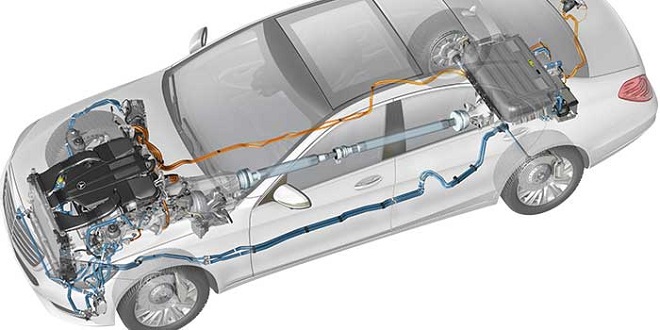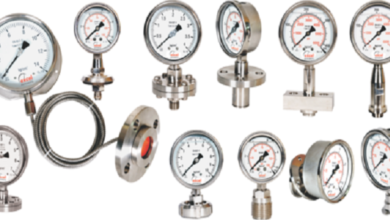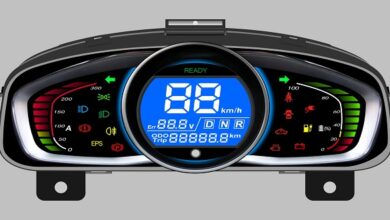Automobile Diagnosing auxiliary system faults

Introduction
As with all systems, the six stages of fault-finding should be followed.
- Verify the fault.
- Collect further information.
- Evaluate the evidence.
- Carry out further tests in a logical sequence.
- Rectify the problem.
- Check all systems.
The procedure outlined in the next section is related primarily to stage 4 of the process. Table 12.1 lists some common symptoms of an auxiliary system malfunction together with suggestions
PM Motor – electronic speed control
The automotive industry uses permanent magnet (PM) motors because they are economical to produce and provide good performance. A simple current limiting resistor or a voltage regulator can vary the motor’s speed. This simple method is often used for motors requiring variable speed control. However, controlling the speed of a motor that draws 20 A at full speed and about 10 A at half speed is a problem.
Testing procedure
The process of checking an auxiliary system circuit is broad as follows.
- Hand and eye checks (loose wires, loose switches, and other obvious faults) – all connections clean and tight.
- Check battery (see Chapter 5) – must be 70% charged.
- Check motor linkage/bulbs – visual check.
- Fuse continuity – (do not trust your eyes) voltage at both sides with a meter or a test lamp.
- If used does the relay click (if yes, jump to stage 8) – this means the relay has operated, but it is not necessarily making contact.
- Supply to switch – battery volts.
- Supply from the switch – battery volts. 8. Supplies to relay – battery volts.
- Feed out of the relay – battery volts.
- The voltage supply to the motor – is within 0.5 V of the battery.
- Earth circuit (continuity or voltage) – 0 or 0 V.
Advanced auxiliary systems technology
Can be determined. In this case, the device needs an average current rating of at least 77 A. However, further consideration for reliable power transistor operation is its worst-case heat dissipation.
The worst-case includes maximum values for the supply voltage, ambient temperature, and motor current. A junction temperature of 150 ° C for the power transistors is used as a maximum point. The following equation calculates the transistor’s maximum allowable heat dissipation for use in an 85 ° C environment using a 2.7 ° C/W heat sink and a 1° C/W junction to case power FET thermal resistance.
where TJmax maximum allowable junction temperature (150 ° C); Amax maximum ambient temperature (85 ° C); RJC junction to case thermal resistance (1 ° C/W); RCS case to heat sink interface thermal resistance (0.1 ° C/W); RSA heat sink to ambient thermal resistance (2.7 ° C/W).
Using the given figure results in a value of about 17.1 W. This is considerably better than using a dropping resistor, but to achieve this, several power transistors would have to be connected in parallel. Significant heat sinking is also necessary. This technique may become popular because of its significant improvement in efficiency over conventional methods and the possibilities for greater control over the speed of a PM motor.
With an extensive collection of latest and old songs, Naa Songs is a go-to platform for music lovers looking for high-quality audio downloads. Music enthusiasts often turn to Naa Songs for their favorite Telugu, Tamil, and Hindi songs due to its vast library and ease of use.
Last word
Significant installation advantages. This is particularly so in vehicles with contrary-motion systems. The system is adjustable to match specific vehicle construction details.




